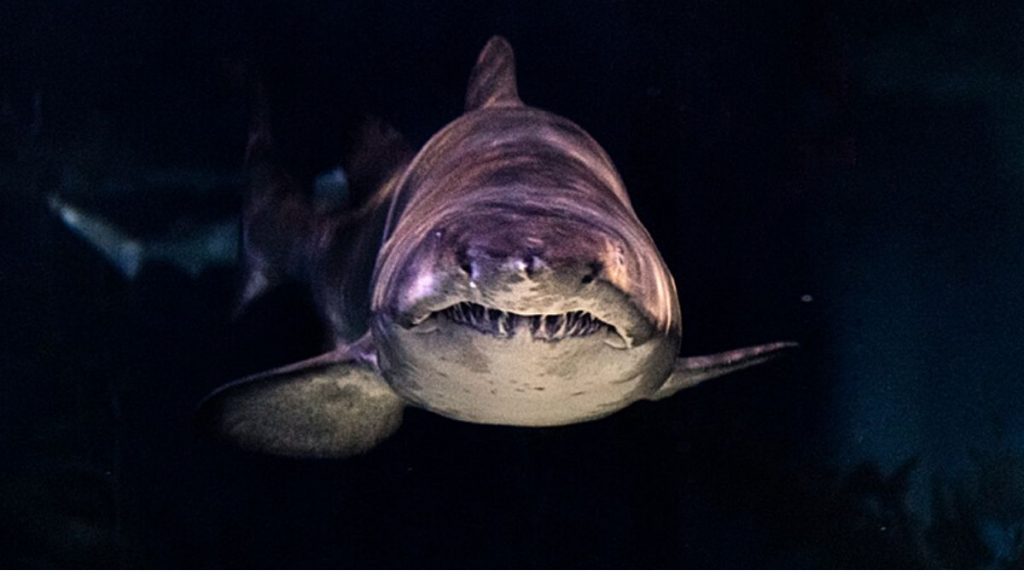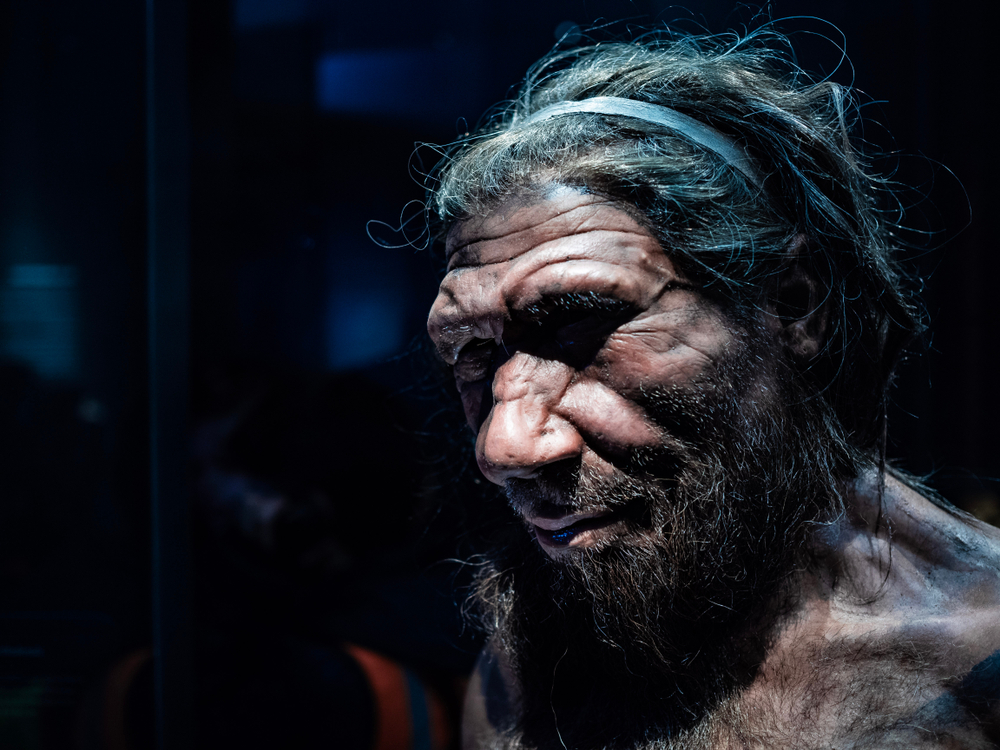

It is now proven: Neanderthals ate fish, mussels and seals. This finding is the result of a recent study carried out on the Figueira Brava site in Portugal.
This new discovery is in addition to the many existing studies attesting to the importance of seafood in the diet of our distant ancestors. In prehistoric times, humans relied heavily on marine resources for food, just as we do today. And yet for decades we believed that this ability to feed on seafood and rivers was unique to our species.
Between 106,000 and 86,000 years ago, in a Figueira Brava cave, near Setubal, Neanderthals ate mussels, crab, fish, but also sharks, eels, sea bream, seabirds, dolphins and seals. These marine foods represented up to 50% of the diet of these Neanderthals, as found by the research team led by Dr João Zilhão of the University of Barcelona, in Spain. The rest of their diet consisted of land animals such as deer, goats, horses, aurochs and turtles.
The first studies attesting to the exploitation of marine resources by modern humans (Homo sapiens) date back to around 160,000 years in southern Africa.

A stimulant for the brain
Some researchers have advanced a theory that the fatty acids in seafood, known to stimulate the brain, accelerated the cognitive development of early modern humans.
A theory that could explain the inventiveness and creativity shown by human populations around 200,000 years ago in Africa. And which would also explain why theHomo sapiens has surpassed other human species such as the Neanderthals and the Denisovans.
The study carried out in Figueira Brava indicates however that the inhabitants of Neanderthals counted as much on sea products for their food as Homo sapiens living in southern Africa at the same time.
Zilhão and his team claim to have identified “middens”, a term usually used to designate structures created by man (piles, heaps, mounds) and built almost exclusively from shells.
For Dr. Matthew Pope, of the Institute of Archeology at UCL, University College London, in the United Kingdom, “ [ces middens] are important because they suggest regular and organized human behavior, from the collection of shells to their treatment and rejection“.
Dr Pope, who did not participate in this recent study, adds, however: Around the world and in more recent periods in the history of mankind, hunter-gatherers of shells living near the coasts invested a lot in the construction of such structures, even going so far as to bury their dead there.. “
” So to describe these shell mounds as “middens” is rather daring. But it is true that these clusters are comparable to the accumulations of shells dating from the Middle Stone Age in Africa.”

